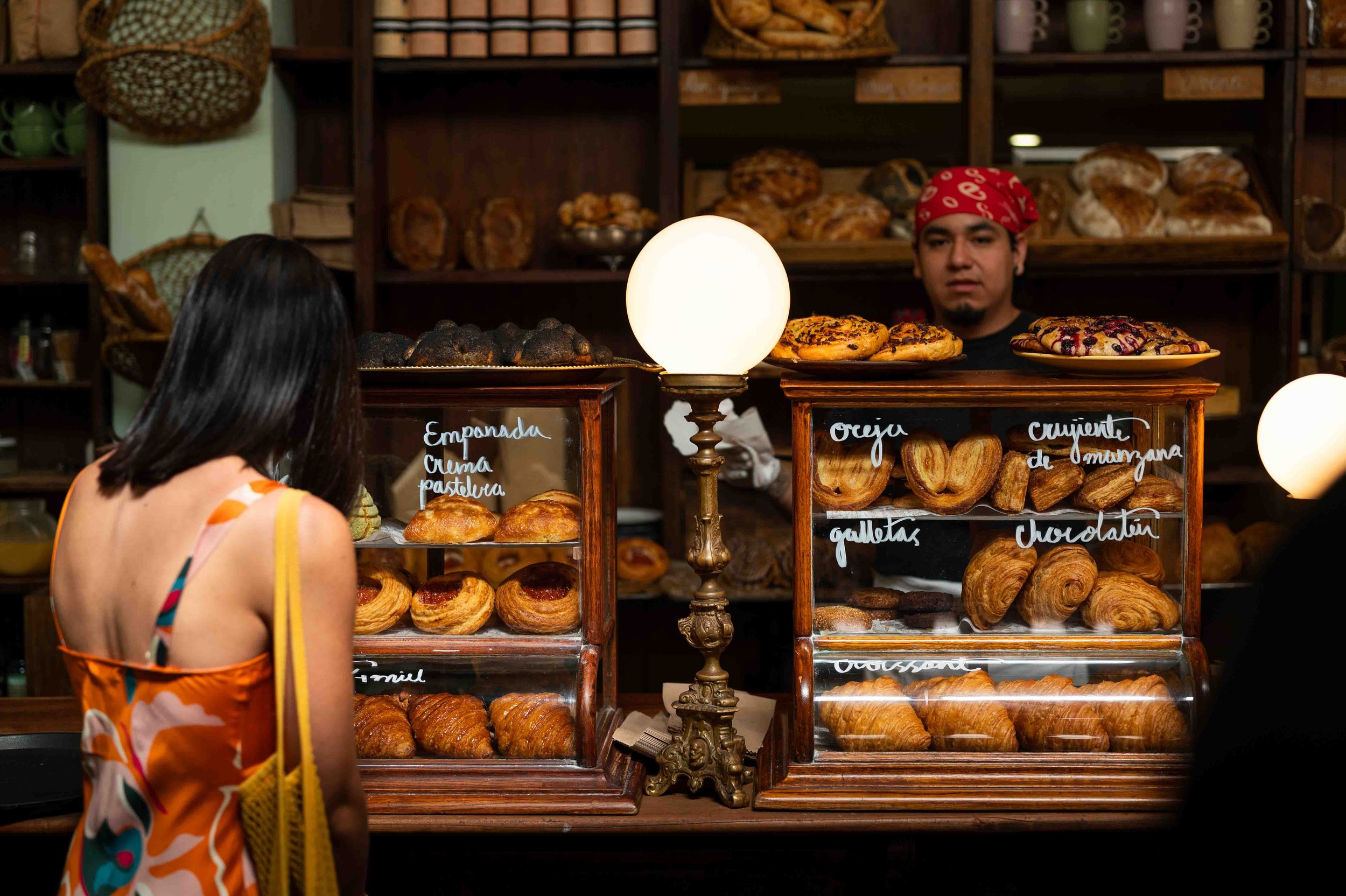Exploring Mexico City: A Guide to the Vibrant Mexican Capital
Mexico City, often referred to as CMDX (Ciudad de México), is one of the world's largest cities. The sheer size of this bustling metropolis becomes evident the moment you fly in. If you're fortunate enough to have a window seat, be sure not to miss the breathtaking view of the cityscape, with its sprawling buildings and twinkling lights that seem to stretch endlessly into the surrounding mountains.
Where to Stay
For a memorable stay in Mexico City, we recommend considering the charming neighbourhoods of Roma (specifically Roma Norte where we stayed) or Condesa. These boroughs boast tree-lined streets, a wealth of superb dining options, and, most importantly, a strong sense of safety.
They are conveniently situated near Chapultepec Park, one of Latin America's largest urban parks. This oasis offers more than just leisurely walks and botanical gardens; it also features expansive lakes, vibrant market stalls, a zoo, museums, and even a castle. To put its size into perspective, Chapultepec Park is twice the size of Central Park in New York City.
Panadería Rosetta in Roma Norte
Must-Visit Places in CDMX
Historic Center of Mexico City
The historic centre of Mexico City, often referred to as the "Zócalo," is a mesmerizing blend of the past and present. With its roots dating back to the Aztec capital of Tenochtitlán, this area boasts a rich tapestry of colonial architecture, ancient ruins, and vibrant squares.
Plaza de Santa Domingo: The iconic square.
Palacio de Bellas Artes: A magnificent building with marble floors, housing a performance hall and murals by renowned Mexican artists, including Diego Rivera.
La Bandera: The colossal Mexican flag that proudly flies over Zócalo, raised at 8 am and lowered at sunset each day by soldiers.
Palacio Postal: The city's main post office, an architectural marvel both inside and out.
Metropolitan Cathedral
National Art Museum
Coyoacán
The name of this borough translates to the "place of coyotes," a nod to the numerous statues, fountains, and artefacts of coyotes scattered throughout this bohemian area. Don't miss the Jardin Centenario, where you can admire the iconic coyote fountain. However, Coyoacán is perhaps best known for the Museo de Frida Kahlo, dedicated to the famous Mexican artist. Be sure to book your museum tickets in advance. You can easily have no agenda and wander the colourful streets, lined with vibrant houses and eateries, to soak in the area's unique atmosphere.
Plaza Garibaldi
This lively square is famous for its mariachi bands, which perform daily. For an authentic experience, visit in the evening when you can expect a vibrant crowd and many bands playing traditional Mexican music. During the day, you'll likely encounter mariachi bands waiting for tourists, but the real energy comes alive at night.
Polanco
This affluent neighbourhood in Mexico City is renowned for its luxury shopping district and upscale dining establishments, including Pujol (offering a tasting menu in a formal dining room) and Malix (a small-plate restaurant helmed by a young, talented chef). Located north of Chapultepec Park, Polanco is also home to El Ángel de la Independencia, a monument representing Mexico's independence, topped by the goddess of victory.
Tepito
Proceed with caution when exploring this neighbourhood, as it is the birthplace of one of Mexico's most notorious drug cartels, "La Union Tepito." Most visitors come here to explore the market, the largest in the city. Tepiteños proudly claim that you can find anything and everything in this Mercado. However, it is also infamous for pickpocketing and robberies and should be avoided after dark. If you decide to visit, travel light, carrying only what you need and a minimal amount of cash, staying within the confines of the market.
Mexico City is a vibrant and diverse destination with something for every traveller. Explore its rich history, art, and culture, and remember to stay safe and respectful while immersing yourself in its many treasures.



